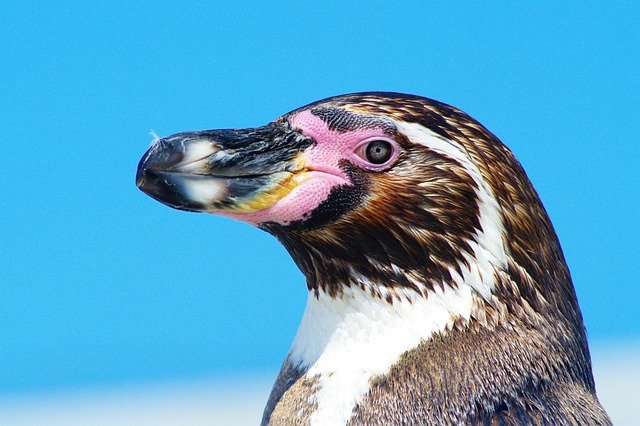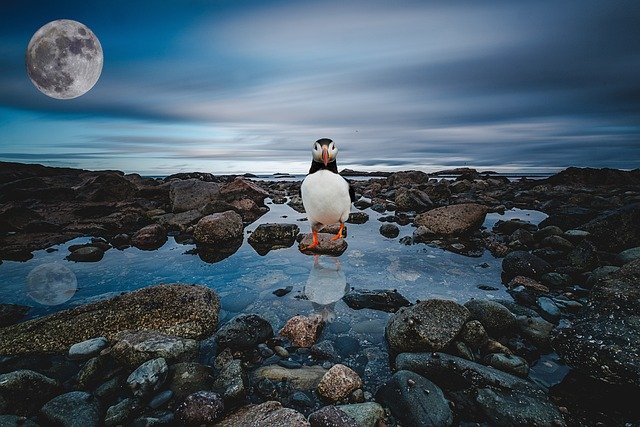**Topic: "The Social Lives of Penguins: Communication and Community in the Antarctic"** In this

The Social Lives of Penguins: Communication and Community in the Antarctic
Penguins are often seen as the quintessential symbols of the Antarctic, waddling on ice and swimming gracefully in the frigid waters. However, their social lives are just as fascinating as their physical adaptations to extreme environments. In this post, we will explore the intricate communication systems and community dynamics of these remarkable birds.
Communication: The Language of Penguins
Penguins are highly social animals that rely on a variety of vocalizations and body language to communicate. Each species has its own unique set of calls, which serve different purposes:
Contact Calls: These are used by penguins to locate their mates or chicks within crowded colonies. Given the dense nature of their breeding grounds, these calls are crucial for maintaining bonds.
Aggressive Calls: During territorial disputes or when competing for mates, penguins will use loud, harsh calls to assert dominance or deter rivals.
Courtship Displays: During mating season, penguins engage in elaborate courtship rituals that include vocalizations, bowing, and preening. These behaviors are vital for attracting partners and strengthening pair bonds.
The Role of Visual Signals
In addition to vocal communication, penguins also utilize body language and visual signals. For instance, the way a penguin holds its head, the posture it adopts, and even the way it moves can convey a wealth of information about its emotional state or intentions.
Community Dynamics: A Tight-Knit Society
Penguins are known for their strong social structures. They often breed in large colonies, which can consist of thousands of individuals. These colonies provide several advantages:
Protection from Predators: The sheer number of penguins in a colony can deter potential predators, providing safety in numbers.
Shared Responsibilities: In species like the Emperor Penguin, both parents share the responsibility of incubating eggs and feeding chicks. This cooperative breeding strategy enhances the survival rate of the young.
Social Learning: Penguins learn from one another, whether it’s foraging techniques or recognizing the calls of their mates. This knowledge transfer is essential for adapting to changing environmental conditions.
Challenges to Penguin Communities
Despite their social resilience, penguin communities face numerous challenges due to climate change and human activities. Melting ice, changing ocean temperatures, and overfishing threaten their food sources and breeding habitats. Conservation efforts are crucial to ensure the survival of these social creatures and the ecosystems they inhabit.
Conclusion
The social lives of penguins are a testament to the complexity of animal behavior in extreme environments. Their communication methods and community structures not only enhance their survival but also highlight the importance of social bonds in the animal kingdom. As we continue to study these remarkable birds, we gain valuable insights into the intricate web of life in the Antarctic and the pressing need to protect it.
Feel free to share your thoughts or experiences with penguins in the comments below! 🐧🌏
